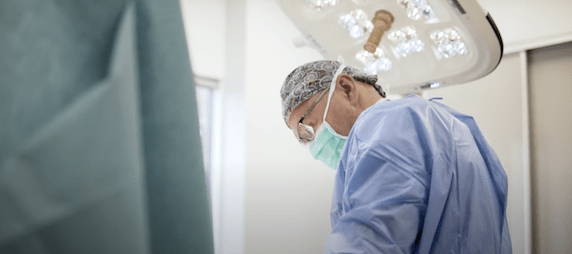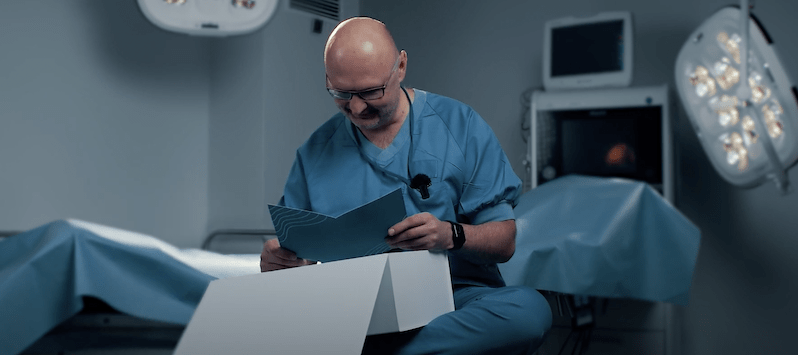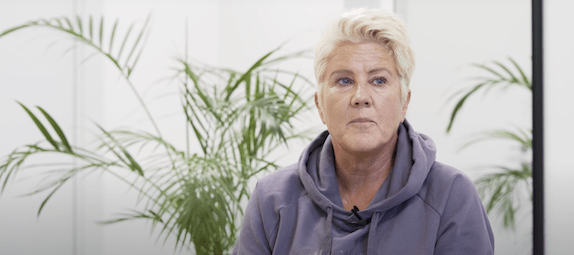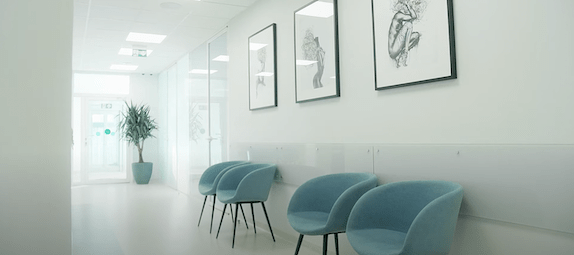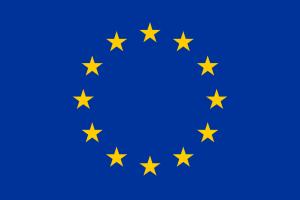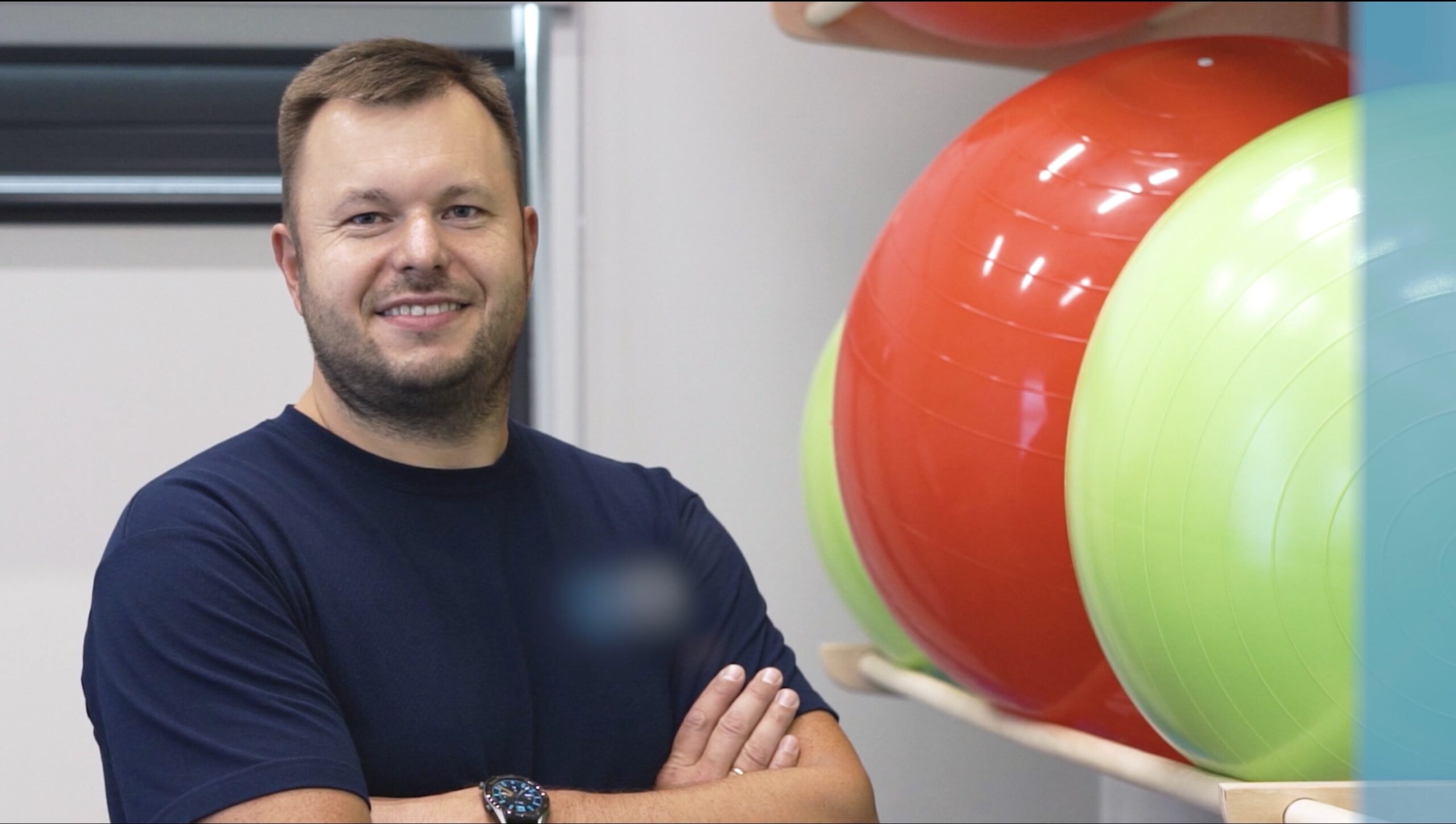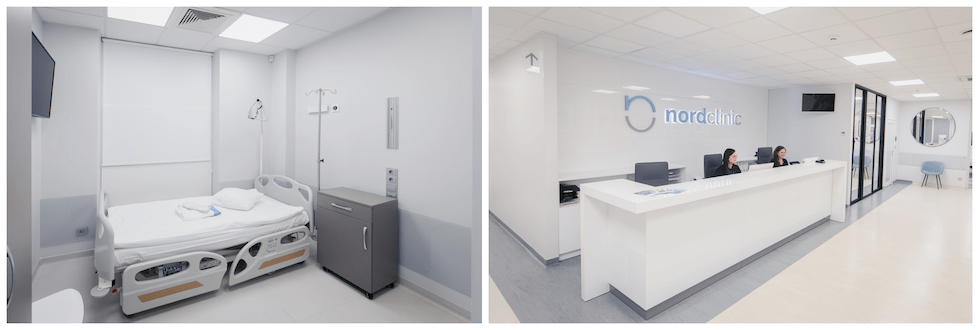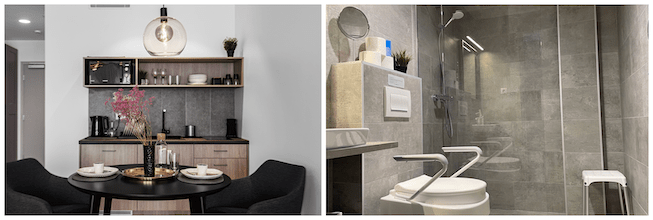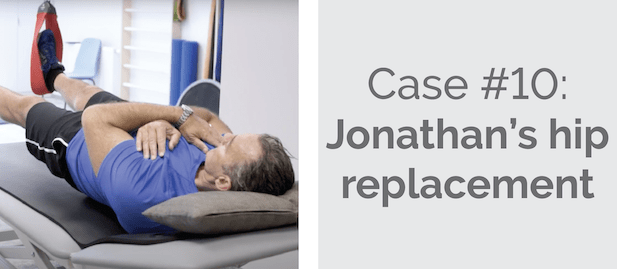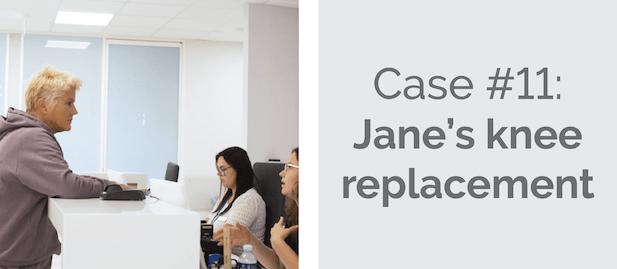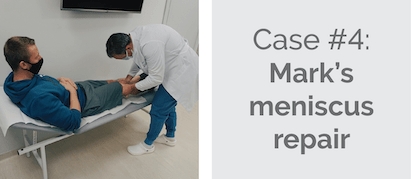Joint injections
We are one of the leading orthopaedic surgery clinics for medical tourists in the European Union. We are proud of the fact that over 90 % of our patients come from the UK, Ireland, Norway, Sweden, the United States, Canada and other countries.
Reviews & Facebook group
Our patients and clinic in the media
- steroid injection – 34 £
- joint puncture – 20 £
- joint aspiration and steroid injection – 50 £
- regenerative joint therapy with platelet concentrate – from 170 £
- regenerative joint therapy with platelet concentrate & hyaluronic acid injections – from 210 £
- hyaluronic acid injections – from 100 £
- treatment of osteoarthritis of the knee joint by autologous protein solution (nStride) injection – 835 £
- rehabilitation after surgery – from 100 £ per day
- knee replacement – from 6.340 £
- knee arthroscopy – from 1.350 £
- accommodation with medical care – from 62 £ per night
- consultation with the surgeon
- necessary health tests
- surgery
- implants
- anaesthesia
- hospitalisation
- 24/7 personal assistance during your stay
- transfers to / from the airport, hotel and clinic
- all documents translated in English
The clinic uses Zimmer Biomet, Smith & Nephew and other highest quality implants. The implant option is discussed in detail once the surgeon reviews your individual case.
Get your surgery for free by claiming a refund from your local health board. The clinic helps patients with the documents needed to claim a refund after following the EU directive route for medical treatment abroad. It applies to patients who are insured under the systems of one of the EU countries and may not get the surgery due to long waiting times.
- steroid injection – 40 €
- joint puncture – 25 €
- joint aspiration and steroid injection – 60 €
- regenerative joint therapy with platelet concentrate – from 220 €
- regenerative joint therapy with platelet concentrate & hyaluronic acid injections – from 250 €
- hyaluronic acid injections – from 120 €
- treatment of osteoarthritis of the knee joint by autologous protein solution (nStride) injection – from 1.000 €
- rehabilitation after surgery – from 120 € per day
- knee replacement – from 7.600 €
- knee arthroscopy – from 1.600 €
- accommodation with medical care – from 74 € per night
- consultation with the surgeon
- necessary health tests
- surgery
- implants
- anaesthesia
- hospitalisation
- 24/7 personal assistance during your stay
- transfers to / from the airport, hotel and clinic
- all documents translated in English
The clinic uses Zimmer Biomet, Smith & Nephew and other highest quality implants. The implant option is discussed in detail once the surgeon reviews your individual case.
Get your surgery for free by claiming a refund from your local health board. The clinic helps patients with the documents needed to claim a refund after following the EU directive route for medical treatment abroad. It applies to patients who are insured under the systems of one of the EU countries and may not get the surgery due to long waiting times.
Patient stories
Clinic videos
Nordorthopaedics Center Of Excellence
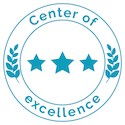
Surgeon Tomas Kadusauskas
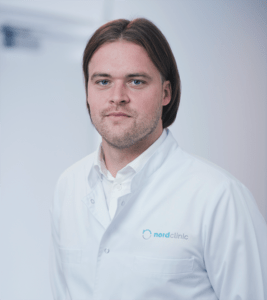
- Orthopedist – traumatologist, doctor of the Lithuanian football team.
- Specialises in hip, knee and shoulder replacements, treatment of sports injuries, shoulder pain, injections into joints and muscles.
- Surgeon performs intra-articular injections of hyaluronic acid, steroid, and nStride.
- Read more
Refund for EU patients
Get your surgery for free by claiming a refund from your local health board. The clinic helps patients with the documents needed to claim a refund after following the EU directive route for medical treatment abroad. It applies to patients who are insured under the systems of one of the EU countries and may not get the surgery due to long waiting times. On average our patients from the EU countries get fully refunded by their local health board in 5 months after their surgeries.
Rehabilitation
One of the most important factors for a success of joint injections is combining them with proper rehabilitation.
Outpatient rehabilitation in Kaunas with a physiotherapist. The rehabilitation clinic is equipped with modern facilities. Individual rehabilitation programs are prepared by a kinesiologist with over 20 years of experience, Prof. Laimonas Siupsinskas. This type of rehabilitation is best suited for people who are physically active, athletes and those wishing to return to sports as soon as possible.
Rehabilitation in Kaunas – € 120 / £ 100 for one 1 h physiotherapy session per day.
- personalized rehabilitation course;
- specialist who is also a physiotherapist for Lithuanian Men’s National Basketball Team;
- all required medication;
- transportation to/from the rehabilitation clinic;
- read more about outpatient rehabilitation in Kaunas.
Our clinic
Self-catered accommodation with medical care
11 reasons that make us the most popular orthopaedic clinic abroad
One of the most important factors for a quick and full recovery after surgery is proper rehabilitation. Usually, clinics are not able to offer this due to costs savings. Our patients can choose between two inpatient and outpatient options: rehabilitation with a physiotherapist of the Lithuanian national basketball team, prof. L. Siupsinskas or rehabilitation at a medical SPA.
Our team of 5 orthopaedic surgeons has 10-20 years of experience in the field in total performing over 1.000 different orthopaedic surgeries per year. Moreover, our surgeons are members of various prestigious surgical societies both Lithuanian and international. Our leading joint replacement surgeon S. Tarasevicius is an author of 150 scientific publications in different medical journals, who has performed more than 3.500 joint replacement surgeries during 15+ years of his professional experience.
We are one of the leading orthopaedic surgery clinics for medical tourists in the European Union. We are proud of the fact that over 90 % of our patients come from the UK, Ireland, Norway, Sweden, the United States, Canada and other countries.
One of the world’s leading medical technology companies and orthopaedic implant manufacturers, Smith & Nephew, have chosen Nordorthopaedics as Center of Excellence in the Baltic States.
We are trusted by our patients and we appreciate all the reviews and feedback collected over the years. Find more than 150 testimonials here or on Google.
Already more than 4.000 of our former, current and future patients joined our online community with the aim to build a space for opinions and mutual support. Members are welcome to share experiences about their visit to the clinic and to discuss all surgery-related matters. No other orthopaedic clinic can offer such group support.
Being a true member of the International Society of Arthroplasty Registries, Lithuania is one of the leaders in low joint replacement revision rates, as only 9% of surgeries in Lithuania require revision in 10 years after surgery. Moreover, with the implants used at our clinic, only 2-3% of surgeries require revision in 10 years after surgery, while revision rates in some other Western countries, for example, USA, is as high as 17% in 10 years after surgery. The implants used at our clinic have been evaluated by other countries’ registries as those ensuring longest implant life, as compared to products of other manufacturers. Moreover, thanks to our active participation in collecting data for the registries, the surgical technique used at our clinic ensures best surgical outcomes.
Our clinic is seen on different media mentions like: BBC News, BBC Radio, The Telegraph, MailOnline, Winnipeg Free Press, CTV News, CBC, RTE Radio, itv.
Our clinic works according to the highest standards set by the European Union. This helps to guarantee the quality of medical services. We care about the safety, comfort and successful results of our patients from all over the world.
The clinic helps patients with the documents needed to claim a refund after following the EU directive route for medical treatment abroad. It applies to patients who are insured under the systems of one of the EU countries and may not get the surgery due to long waiting times.
We provide customer service in 9 foreign languages including English, Swedish, Norwegian, Danish, Italian, Spanish, French, Russian, Polish. Everyone in our clinic speaks English, including nurses, assistants and the surgeon.
Athletes treated at Nordorthopaedics
Official clinic of Lithuania national football teams

Highest quality implants
Our clinic uses implants based on their performance in international registries.
Being a true member of the International Society of Arthroplasty Registries, Lithuania is one of the leaders in low joint replacement revision rates, as only 9% of surgeries in Lithuania require revision in 10 years after surgery. Moreover, with the implants used at our clinic, only 2-3% of surgeries require revision in 10 years after surgery, while revision rates in some other Western countries, for example, USA, is as high as 17% in 10 years after surgery. The implants used at our clinic have been evaluated by other countries’ registries as those ensuring longest implant life, as compared to products of other manufacturers. Read more here.
13 patients' case studies
Direct flights to Lithuania





What is a joint injection?
Joint injections offer respite from the pain caused by the leading drivers of joint pain: osteoarthritis, rheumatoid arthritis, and psoriatic arthritis. These conditions present with symptoms, like swelling and stiffness, making it hard to live life to its fullest. Other traumatic conditions, like bursitis and tendonitis, can also be treated with joint injections. Whether the patient can no longer participate in sports or everyday life has become a painful endeavour, the goal is to move freely again.
There are different types of injection agents (e.g., steroids, hyaluronic acid, lipogems) and the injections can be performed on almost any joint: the knees, ankles, shoulders, elbows, wrists, and even joints in the spine (the facet joints). A significant benefit of joint injections is that the patient no longer needs prescription pain medications with severe adverse effects, like stomach ulcers and thrombosis.
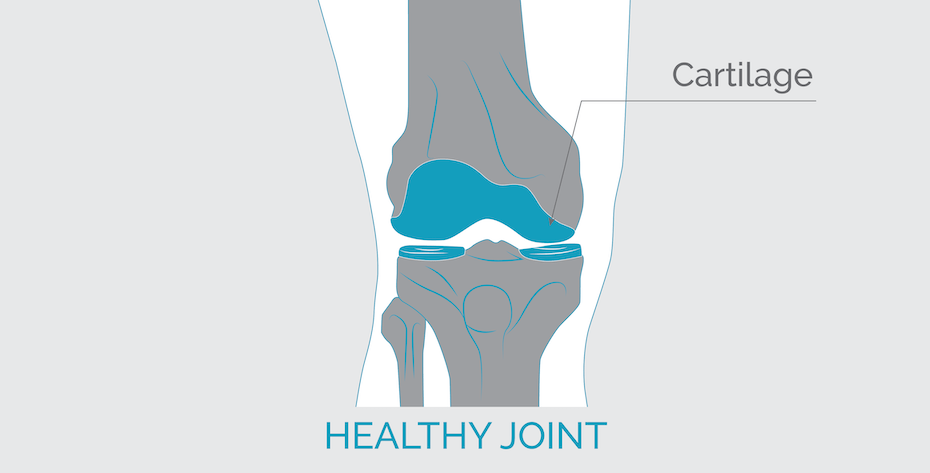
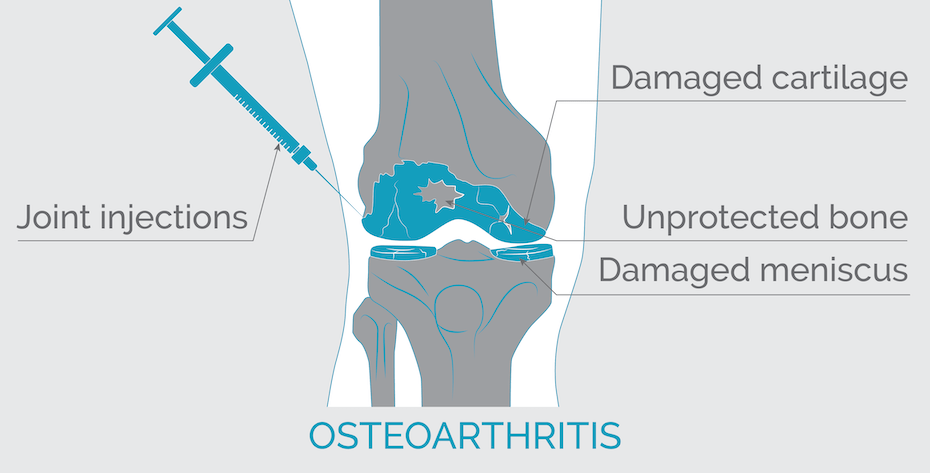
Who is a good candidate for joint injections?
Good candidates for a joint injection procedure should have pain that affects daily living and is caused by arthritis, injury, or degeneration, that does not respond to other types of treatment, like pain relievers (e.g., ibuprofen), physical therapy, and rest. Patients with an ongoing infection in the knee, bleeding problems, or glaucoma (elevated pressure in the eye) may not be eligible for the procedure and should consult the doctor beforehand.
What are the different types of injections?
There are several types of injections that target different joint problems: steroids, hyaluronic acid, regenerative joint therapy with platelet concentrate, and lipogems:
Corticosteroids, also referred to as steroid shots, treat a number of joint conditions: osteoarthritis, spondyloarthritis, rheumatoid arthritis, psoriatic arthritis, and pyrophosphate arthropathy. Steroids (e.g. prednisolone) are a type of medication that relief pain by “turning off” inflammatory processes in the joint.
Hyaluronic acid injections, are mainly used to help osteoarthritis patients. Hyaluronic acid is one of the main components of joint fluid. Once injected, it reduces the friction between the joint surfaces and cushions the cartilage-covered surfaces during weight-bearing.
Regenerative joint therapy with platelet concentrate is a novel treatment that reduces inflammation and improves tissue regeneration. Regenerative joint therapy with platelet concentrate is recommended for osteoarthritis and chronic tendon injuries. During the procedure, the injections are prepared by taking a blood sample (about 30 millilitres) and running it through a centrifuge to concentrate the platelets. The concentrated platelets are injected into the joint where they secrete growth factors that are key in promoting the reparative processes. After the procedure, the cartilage becomes more firm and resilient.
Lipogems is an injection of stem cells that can treat osteoarthritis. The fat is harvested from the abdomen and prepared for injections. In the harvested fat there is a fluid with a high concentration of special cells called pericytes that in the body transform into stem cells. Once injected, the stem cells develop into cartilage-producing cells (chondrocytes) that produce cartilage and heal degenerative joint pain. After lipogem injections, patients feel the improvement for about 9 months.
Preparation for the injections
Before the procedure, the doctor will take the health history and perform a physical examination of the joint. After that, the doctor will decide on the best injection technique and the type of injection. The doctor will also check the joint with ultrasound and confirm the injection site.
During a consultation, we advise bringing a list of all the medications that the patient is currently taking. This is because some drugs, like ibuprofen, naproxen, aspirin, and certain herbs, like garlic or fish oil, add to the risk of bleeding. The patient should also inform the doctor about any drug allergies. We advise asking a family member or a friend for a lift back home. Patients should not drive for at least 12 hours after the procedure.
Importance of physiotherapy in combination with injections
Physiotherapy is an important part of successful treatment. Studies have shown excellent long-term pain reduction in patients who complete a physiotherapy program. The roots of the joint pain is an imbalance of the muscles and a subsequent change in walking mechanics. This is why it is a must to teach the body to move without pain and slow degeneration.
For the first 2-3 days activity is restricted to low-impact exercises that reduce stiffness and improves blood flow. As the body’s natural healing process begins, the goal is to reduce pain and work towards regaining the range of motion. Some of the exercises are knee straightening, knee bends with straight leg raise, and side-kicks.
Over the next few weeks physiotherapy intensifies and includes a combination of physical exercises and transcutaneous electric nerve stimulation. A typical program consists of three 50-minute rehabilitation sessions a week. At this stage, it is important to challenge strength and improve balance. Some of the exercises are supported squats, side step-overs (e.g., stepping over a pillow), and alternating cone taps (tapping in front of the object).
Once the patient can complete the exercises in the previous stages without a significant increase in pain, it is time to load the joints and work on more difficult exercises, like a supported lunge, tandem dumbbell swings, and supported single-leg squats. The goal is to be able to do the exercises with confidence and restore single-leg strength, balance, and motion control.
How many injections would be needed? How long will the effect last?
The number of steroid injections depends on the joint that is treated. It is usually recommended to have no more than 3 steroid injections a year and the procedures should be at least 6 weeks apart. After the injection, the effects last from a few days to a year.
For regenerative joint therapy with platelet concentrate it is recommended to have 2-4 procedures placed 1-3 weeks apart. The effects after injections last approximately 9 months.
Hyaluronic acid injections are typically given once a week for 3. Hyaluronic acid injections replenish the lining of the joints and provide immediate pain relief that lasts for about 6 months.
Lipogems injection is a single-shot procedure because it requires the harvesting of the fats in the operating room. After lipogems injections, there is an early clinical improvement after about 2 weeks and the effects last about 9 months.
Send us your enquiry








